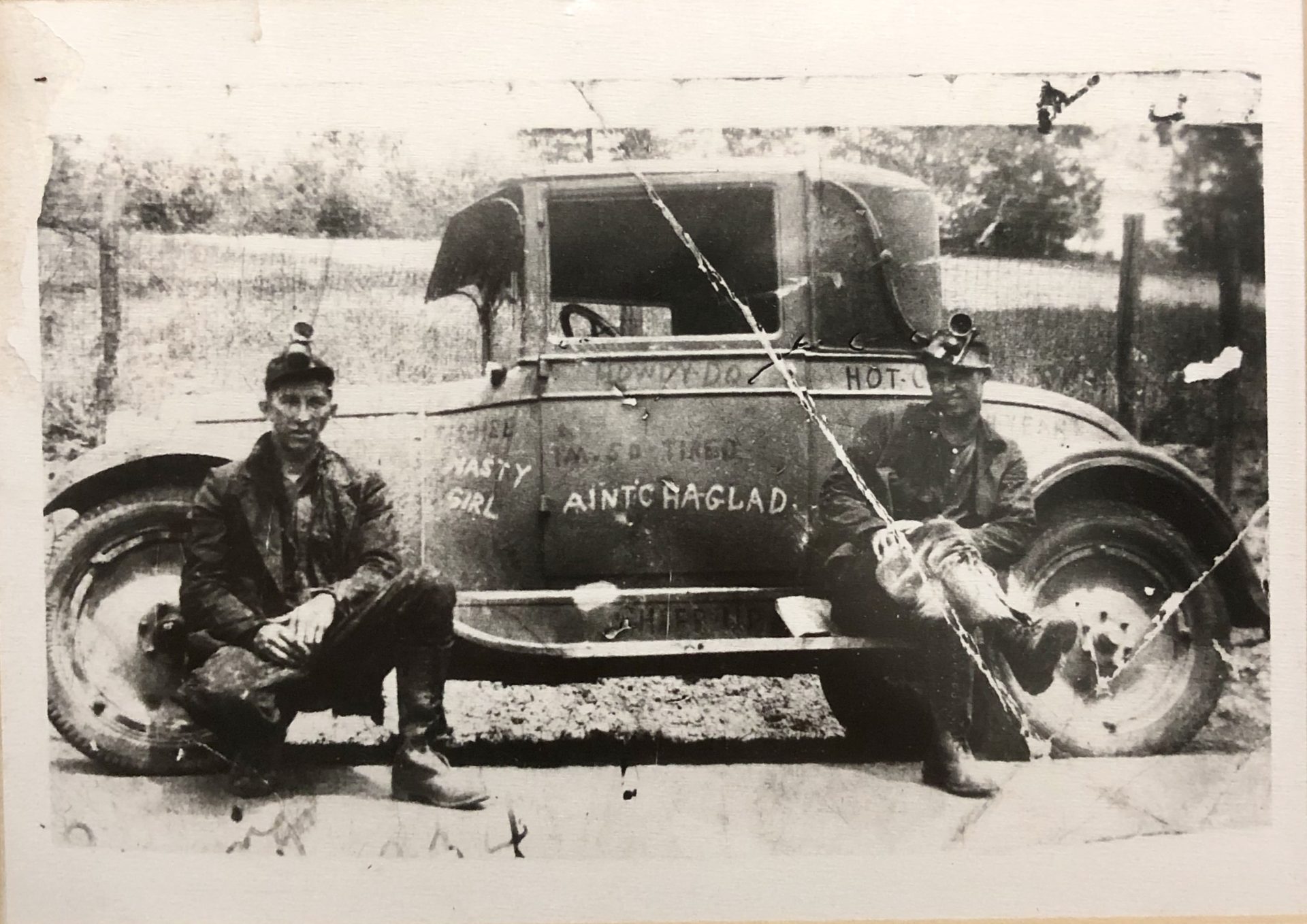Late in the 18th century, the Snow Shoe Camp Surveys were made along Native American trails between Clinton and Clearfield counties. The surveyor is said to have named the area after a mysterious snow shoe he found. Centre Countians affectionately know this region today as the “mountaintop.”
The mountaintop area includes Burnside and Snow Shoe townships, and the Snow Shoe Borough. It is the northern part of Centre County, on the Appalachian Plateau, comprising more than 100,000 acres, about 15 percent of the county’s total land. It is bordered to the north by Clinton County, and Clearfield County to the west. Towns like Pine Glen, Moshannon, Snow Shoe, and Clarence were shaped by the mountaintop and likewise made their marks on the landscape through hunting, lumbering, coal mining, farming, and, of course, the railroad.
The railroad came for the coal. In 1859, the Bellefonte and Snow Shoe Railroad became the first operating railroad in Centre County. This railroad collected coal from the Snow Shoe area to fuel ironworks throughout the county, and helped ease the dwindling supply of wood needed for charcoal. Bituminous or “soft” coal was first believed to be discovered by hunters in Snow Shoe in 1819. The coal was brought to Bellefonte and successfully tested. This sparked the interest of ironmasters and other investors in the county. Over the following decades, tremendous efforts were made to harness the full potential of the mountaintop.
The Bellefonte and Snow Shoe R.R. was a major factor in shaping the area. It not only owned the lines, but much of the land and coal mines. When Snow Shoe Township was formed in 1840, it was already well known to contain remarkable amounts of coal. In 1858, the village of Snow Shoe was laid out by the Bellefonte and Snow Shoe R.R. to make a depot and town for the railroad – just in time for the railroad to steam up the mountain in 1859.
By the time the Snow Shoe Borough was formally established in 1907, the Pennsylvania Railroad had bought out the Bellefonte and Snow Shoe R.R. and the Lehigh Valley Coal Company had taken over most of the mining operations.
Life in the mines
At the turn of the century, Snow Shoe had also become a popular summer resort, where, according to historian John Blair Linn, “mountain air and mountain scenery invite and charm hundreds of visitors yearly.” This was in stark contrast to life below in the mines.
To say the least, coal mining was a gritty and dangerous job. Miners entered the depths with oil or carbide lamps on their caps, double-pointed picks, augers, and short-handled shovels for filling their coal cars. They got paid by the coal cars they filled, sometimes pushing them out by hand or hauling them out with mine mules. At one time, miners were paid 60 cents for a full car weighing 2,240 pounds. If it weighed less, they were paid less.
Blacksmiths labored to keep things working and carpenters kept busy repairing coal cars so they could be filled with pay dirt. Coal was also raked and fired inside of coke ovens to be made ready for markets in places like Pittsburgh. At one time, there were more than 100 coke ovens in Clarence alone.
It was not unusual for young men to start mining at the age 14. Some were even as young as 9, perhaps following their fathers’ footsteps into the mines. In addition to the locals, many of the miners on the mountaintop were immigrants from Central Europe. To get away from the hardships of mining, and when they couldn’t entertain themselves, many enjoyed the racetracks, theaters, and square dances at places like Groe’s Hall in Moshannon.
Coal veins run deep through the mountaintop and are the lifeblood of the region’s history. To get a real sense of the mining and other rich history of the Snow Shoe area, one should pay a visit to an old coal miner’s home at the David House Heritage Museum. It is one of many humble “company houses” built by the Lehigh Valley Coal Company back in 1889. The David House is named for the daughter of a coal miner, Vivian David, who donated the home to the Snow Shoe Lions Club, on the condition that it be used as a museum for Snow Shoe heritage. Coal is a deep part of that heritage on the mountaintop.
Local Historia is a passion for local history, community, and preservation. Its mission is to connect you with local history through engaging content and walking tours. Local Historia is owned by public historians Matt Maris and Dustin Elder, who co-author this column. For more, visit localhistoria.com.
Sources
David House Heritage Museum Brochure
Duke, John. “Coal Mining in Centre County.” In Centre County Heritage 1956-1975, edited by
CCHS, 155-157. Pennsylvania: State College, 1975.
Linn, John Blair. History of Centre and Clinton Counties, Pennsylvania. Philadelphia: L.H.
Everts, 1883.
“The Boroughs and Townships of Centre County.” Democratic Watchman (Bellefonte, PA), July
25, 1900. https://panewsarchive.psu.edu/lccn/sn83031981/1900-07-25/ed-1/seq-14/




